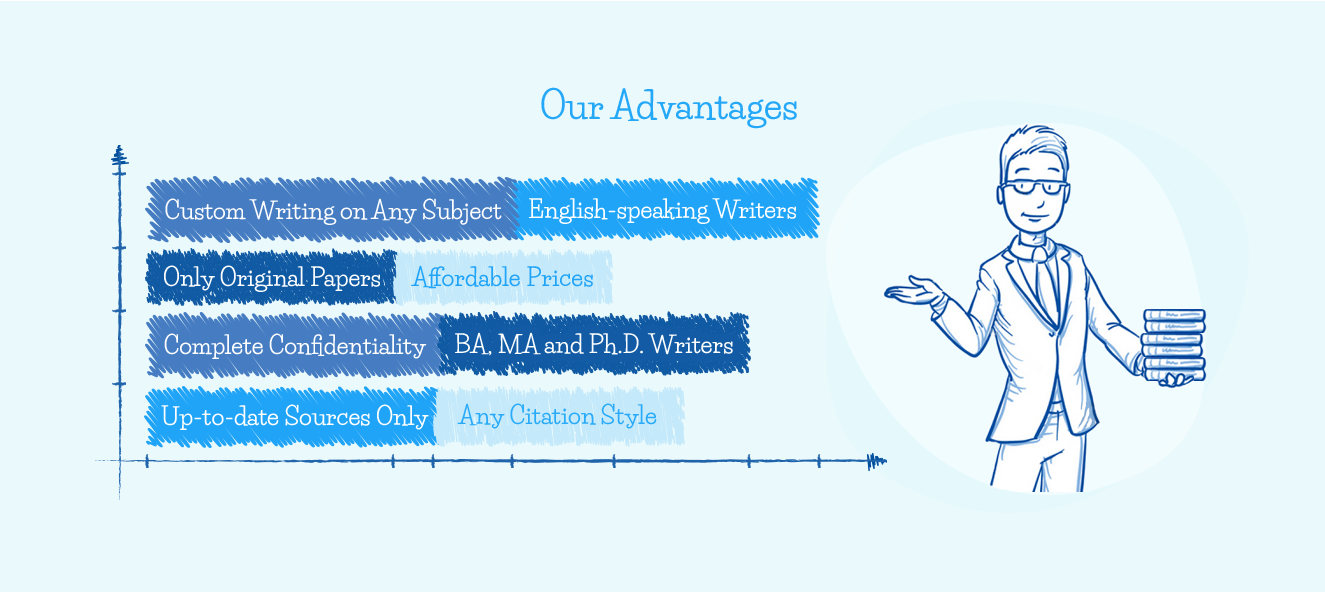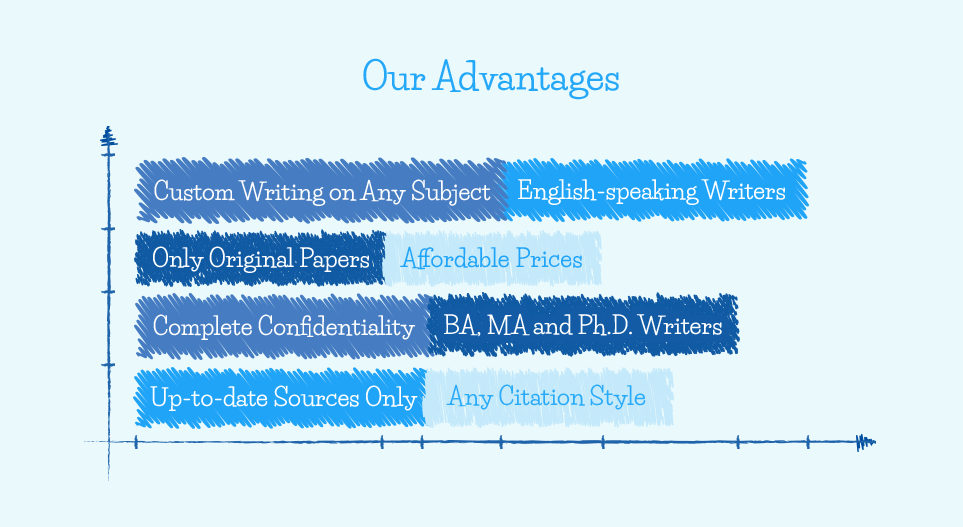Solutions to Poverty Reduction and Eradication
Introduction
A social problem can be referred to as any deviant behavior that gravitates towards the unwanted direction to such an extent that it exceeds the tolerance limit of a given community. This definition encompasses two components; the subjective and objective ones. The objective component implies that a condition must have negative consequences for many people for it to be considered a social problem. The subjective one, on the other hand, states that the identified circumstance should be serious enough to warrant the implementation of a solution.
In this context, poverty is a social matter in that it is experienced in many societies. It has adverse consequences that require the intervention. Most definitions of the term state that poverty is a deprivation of basic needs and resources, such as food, healthcare, clothing, and shelter. However, what may be considered as unendurable deprivation when the underprivileged compare with the well off in a given society concerning the distribution of wealth and income may be accepted as a legitimate condition in another community. There comparisons are either not culturally sanctioned or socially available. As such, it is important to have a clear definition of what poverty entails to avoid distortions of its meaning. From a social perspective, this issue implies that a large portion of the population experiences a standard of living that is below the poverty line due to the lack of essential resources. As such, poverty considerably lowers living guidelines to the extent that an individual is incapable of fulfilling basic human needs. This paper discusses solutions that can be applied to eliminate poverty, examines the associated challenges and provides the best practices for their successful implementation.
Job Creation
There are two major ways, through which it can be accomplished; i.e. being employed or becoming self-employed (Karnani 74). A variety of political, social, and economic factors affect the creation of jobs. These include the macroeconomic stability and innovations, entrepreneurial talent and access to capital. As such, the key groups that can facilitate the job creation are micro-credit firms, the companies in a private sector, the government, and affected communities. The Federal government can create jobs by developing renewable sources of energy, rebuilding infrastructure, and renovating abandoned housing. Private organizations can also help in the reduction of poverty by raising the minimum wages (Belman and Wolfson 20). In addition, poverty-ridden communities can adopt self-employment through the help of micro-credit movements.
A major challenge facing the implementation of self-employment is that most of the micro-credit consumers compete in overcrowded markets. Therefore, they are caught up in subsistence activities. In addition, they own limited assets, have no paid staff, lack specialized skills or operate on a very small scale that undermines any development (Karnani 74). For these reasons, tiny loans acquired through micro-credit schemes do not help many people. Political and economic changes are some of the factors that may affect the process of job creation. For instance, the larger the number of people working in low-wage jobs is, the higher the level of poverty becomes (Belman and Wolfson 184). Likewise, changes in policy regarding welfare benefits entrap people in poverty since they lose the pros after earning their income.
In relation to this, the best practices for the effective creation of jobs are focusing on the small and mid-sized enterprise (SME), providing vocational training to the affected communities, as well as creating and implementing policies to make self-employment easier. In particular, expanding SMEs can significantly boost employment more than large firms because they are less skill-intensive, more labor intensive, and less capital using. Although job creation is an ongoing practice, not all areas have been effectively addressed.
Free Primary Education
Education targeting the poor and marginalized populations can bring a change to a number of systemic factors delaying their development. In light of this, free primary education can provide the foundations for the long-term eradication of this issue, thereby fostering the economic development (Muyanga et al. 126). It would ensure that children from poor families receive the basic knowledge that can open them up to other opportunities. Free primary education would also reduce both direct and indirect costs that present a challenge for the underprivileged class of society. These costs include uniform charges, general fees, textbook charges, examination fees, transportation expenses, feeding, and sports charges.
The implementation of this solution is dependent on economic and political factors. Political aspects include the creation of policies that facilitate the reduction in service costs to allow for more enrolment rates by the kids from poor communities. As such, the main actor involved in the successful input of this solution is the government, which holds the political and economic capabilities. The best practices for achieving free primary education include providing free educational materials, such as textbooks, providing free food, transportation, and uniforms to the affected children, as well as the elimination of other minor charges in schools (Muyanga et. al 132). It would decrease the direct costs involved in education and thus ensure that affected children obtain basic skills. Such ones will help in raising the living standards of communities in a long term.
Potential challenges can be subdivided into management barriers and resource obstacles. Management ones may be encountered when the focus of those ones in charge of the program do not focus their attention on the required areas. On the other hand, resource barriers mean that there are either inadequate resources for implementation or some available resources are not effectively deployed to support the strategy. This solution has been practiced in various countries with varying results. The countries include Kenya, Swaziland, Uganda, Malawi, and Lesotho.
Conclusion
Job creation and provision of free primary education are the viable solutions that can help alleviate poverty. Job creation entails creating opportunities for both formal and self employment. For this issue to be accomplished, a variety of political, economic, and social factors have to be addressed in order to make favorable conditions available. These aspects include the creation of effective policies, an access to capital, and the education level of affected communities. The key players in this context are the companies in the private sector, since they are the sole creators of new jobs and are in the capacity of raising the minimum wages. Additionally, the issue of access to capital can be tackled through the help of micro-credit organizations that can provide lending services at subsidized repayment rates.
How it works
Step 1
Visit our website and go to the order formStep 2
Fill in specific essay details in your order description sectionStep 3
Pay for your custom essay and get your order verifiedStep 4
Process of writing your academic assignmentStep 5
Editing and anti-plagiarism checkStep 6
On-time delivery of an already written essayProviding free primary education can significantly reduce the transference of poverty between generations. In addition, it ensures a balance in society since it bridges a gap between the affluent and under-privileged thus improving the economy. Providing free of charge learning is a good solution since it can eliminate various limiting costs that cannot be met by struggling families. In this case, it can enable the affected children acquire substantial skills that will facilitate the long-term development. Formulating appropriate policies can thus help in alleviating economic obstacles. The successful implementation of this solution also calls for the provision of free educational materials such as textbooks, providing free food, transportation and uniforms to cater for under-privileged children. However, the two key challenges that may be experienced during the process include management barriers and resource obstacles.
The two solutions discussed herein can be successfully implemented to efficiently eradicate poverty in affected communities. In both solutions, the major factors involved are political and economic ones. In addition, various challenges mentioned may present the obstacles in the implementation of solutions. For this reason, a thorough review of all areas should be addressed for the successful eradication of this issue in affected communities.

















